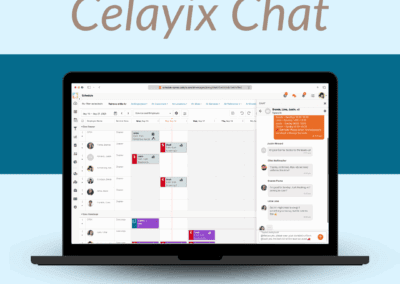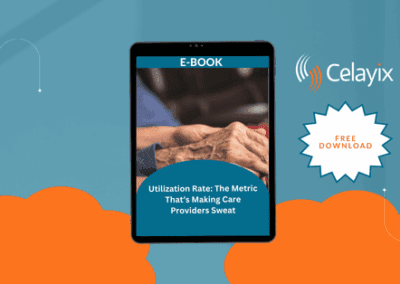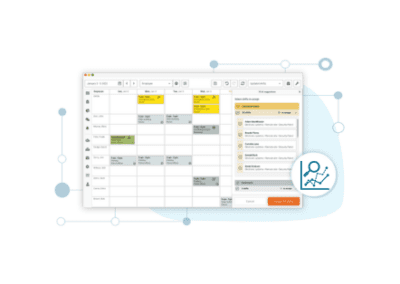Most businesses create their supply chain revolving around their employees. This makes employees the business’ most significant asset. Sadly, employees can also create situations where they become a liability, especially for managers. Any instance when an employee does not show up for work without notifying the employer results in a ‘no call, no show’. As a consequence, the reality of today is that employers need to be proactive in order to ensure peace of mind that employees will show up. Managing your workforce can be challenging. One of the most challenging issues to overcome for any business working with part-time or hourly employees is employee no-shows.
This is particularly difficult when the employees are out in the field or unsupervised. Last-minute call-offs, complaints of not knowing they were scheduled to work, or simply not showing up. These are common issues seen across multiple industries. More often than not, it is near impossible to avoid no-shows 100% of the time, especially without some level of automation in the employee scheduling and confirmation process.
Over 50% of companies with hourly staff report employee no-shows as 1 of their top 3 issues.
Celayix Research
Why Worry About No-Shows:
While one single shift missed by an employee might seem negligent to the business, no-shows can lead to a vicious cycle of absenteeism. Over 4.3 million employees confessed to being untruthful to their employers about a day off of work. A burden for the employer, additional costs to the firm, and a sign of a desolate atmosphere in the workplace; there are a plethora of reasons why your company should worry about No-Shows.

Lost productivity:
Of course, when an employee misses a shift, all of the work they should have completed goes undone. Deadlines are pushed, weekly or monthly goals are unfulfilled, and as a result, employees and management are put under scrutiny. This is very likely to happen in jobs that require team assistance or where jobs are interconnected. Consequently, there is a loss in productivity in the entire workplace. As any employer will know, lost productivity = lost profits.
Difficulty in finding replacements:
Most jobs require a particular set of skills and/or qualifications. When an employee does not show up for work, an employer seeks to find a replacement that can somehow complete the work and recover any losses. The difficulty for the employer is to find a qualified replacement within short notice that could easily take over for the missing employee. Unfortunately, this takes time, energy, and essentially costs you money.
Increased payroll costs:
As mentioned above, a different employee needs to be paid to cover the no-show. By handing out responsibilities on such short notice, other employees expect to be paid for additional time/overtime at a premium, which is understandable. As a result, the company’s payroll increases, and will continue to increase as no-shows occur.

Impact on client/customer satisfaction:
Every business intends to provide its clients with the best quality product/service on time. However, when productivity takes a hit, it is unlikely that your clients’ demand will be met. Client satisfaction also takes a huge hit when the service you provide relies solely on the employee. A security company that requires to send a security guard to a site may not be able to if the assigned security guard is a no-show. This would leave the site unattended and the client unhappy.
Relationship in the workplace:
Engagement in the workplace is essential. Companies thrive on creating an interdependent relationship with employees to make them feel part of their primary goal. An increasing number of no-shows disrupt this engagement. Moreover, no-shows might likely cost the company a closely bonded relationship. For instance, while sales departments thrive in finding clientele and helping them, they require assistance from the manufacturing and warehouse workers to deliver the product timely. Any trouble in doing so, i.e. because of no-shows, might lead to accusations between coworkers, which may disrupt the environment in the workplace.
Nevertheless, there are ways in which you can reduce no-call no-shows!
How to Reduce No-Shows
It is vital to create and enforce a no-call no-show policy for your company, which should clearly define its expectations. A comprehensive set of rules can be beneficial in decreasing miscommunications and unexcused absences. Here are some of the aspects you should mention in your no-show policy that would make it effective;

- What are considered no-shows?
- The difference between excused and unexcused absences
- How to request a time-off
- What are the consequences of unexcused absences
- What warrants any unexcused/unnotified absence
The list can vary as per your understanding with your employees but the end goal should be to help effectively reduce no-shows. Moreover, with greater access to employee scheduling software, employers can reduce the effects of no-shows and also reduce no-shows themselves. You must be wondering, “How?”, right?
Well, there are multiple ways:
Allow staff input availability
Is your employee inflexible with their schedule? Does your employee miss shifts unintentionally or due to logistic reasons? If employees do not get autonomy in deciding their shift, these questions will arise. Having a feature in your employee scheduling software that gives your staff the ability to input their availability gives them that autonomy. As a result, they are less likely to miss their shifts as they get to decide what shifts they can actually work. Although the employee may not receive all of the shifts they input availability for, they still feel involved in the scheduling process. This can truly help reduce no-shows and improve employee morale overall.
Shift notifications
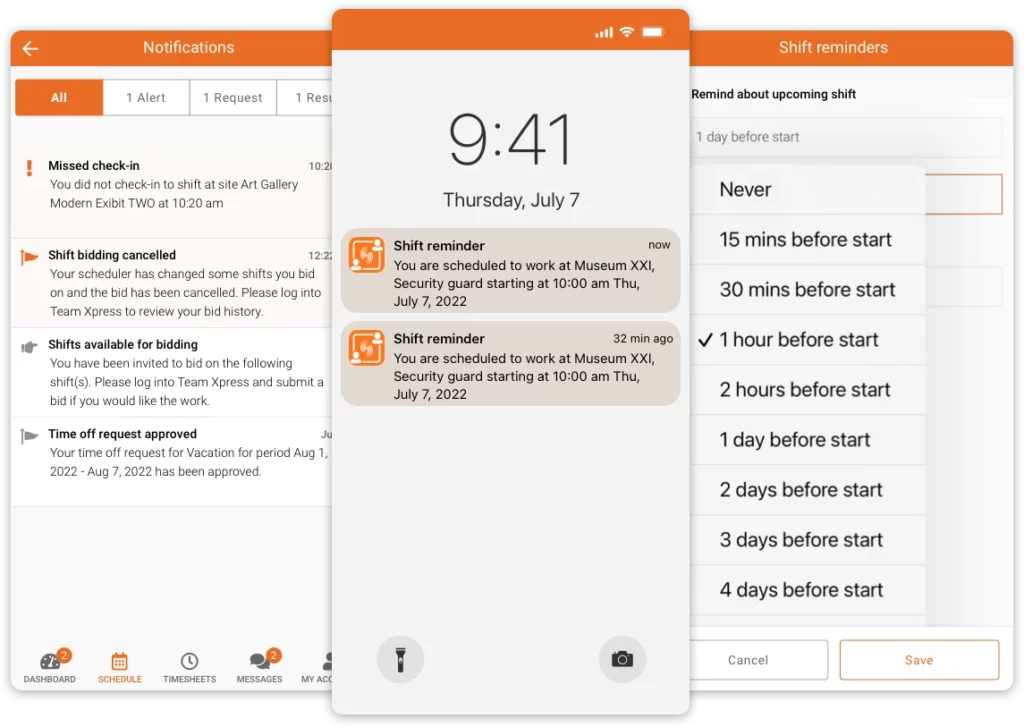
Providing your employees with a shift schedule might not be enough. It’s very possible that employees may simply forget a shift. Keeping track of a schedule requires dedication, especially for employees with a busy life outside of work. Using a mobile app, employees can easily access their shift assignments anytime and anywhere and benefit by always having track of their schedule. Not only that, but it may allow schedulers to send shift notifications.
These notifications alert employees whenever they receive a shift assignment. It can also alert them about any updates regarding the schedule that anyone makes. Notifications also remind employees of upcoming shifts and will help minimize any confusion about when the work starts. Depending on your needs, you can send notifications to employees a day, or even a few hours before their shift is due to start. With notifications and reminders, there is no excuse for an employee to no show without reason.
Shift acknowledgments & confirmations
Most employee scheduling software includes a mobile app that can be used to improve communication. Providing employees with the ability to communicate via the mobile app makes scheduling much easier. Firstly, through features such as shift acknowledgment and confirmation. After assigning a shift to an employee, the scheduler can request that the employee confirms and acknowledges the assignment. For most employers, this serves as insurance that employees are aware of their shifts before a no show can occur.
Introduce flexible scheduling
Another great way to minimize employee no-shows problems is to offer flexibility for employees to select shifts. This can be done through a self-scheduling or shift bidding process. Only shifts that employees are eligible for will be visible, taking into account business rules, hour thresholds, and cost constraints. The employees select themselves into shifts that work with their schedules while still giving managers the final say. Shifts can be filled in a matter of minutes and at dates and times where employees are available to work. This flexibility minimizes the employee’s chances of being otherwise assigned shift(s) unable or unwilling to attend. It provides work-life balance to an employee without limiting control of the business.
Self-scheduling is very popular in industries where shift work is in high demand. Businesses such as venues, hospitality, security, home healthcare, and more. Flexible working has become essential in today’s business environment. Lack of flexibility in timings and location for work act as cons for most employees. This shift towards flexible working might seem oblivious considering how employees want certainty in their lifestyle. Nonetheless, as mentioned above, self-scheduling gives much-needed autonomy to the employee, and that in many ways is more important than certainty in a job.
Find Replacement
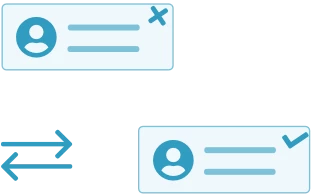
Celayix’s most effective tool for managing no-shows is the Find Replacement feature. Whenever an employee is a no show, Celayix can help by filtering through your employees, finding those that have the required skills and qualifications, and providing a list of appropriate employees. The employer can choose their preference, or allow the system to choose the best fit and reach out to the employee itself. Typically, in the event of a no show, employers sieve through a call list and manually reach out to possible replacements. Find Replacement takes the burden off of the scheduler and does all of the heavy lifting. Managing no-shows has never been so straightforward.
You’re not alone!
If you are facing these problems, rest assured knowing you are not alone! We ran some client surveys; over 50% of companies with hourly staff report employee no-shows as 1 of their top 3 issues. They can result in lost business, lost reputation, and of course, lost revenue. These valuable tools and tips will help prevent no shows in your organization for today and well into the future. These are some of the most effective techniques that create work flexibility. It benefits both the company and the employee while meeting the demand of clients & customers.
Having a no-show policy is a great start, as it sets guidelines for your employees about some DO’s and DONT’s. However, having an employee scheduling software with the features mentioned above is essential, as it would help any company take their first steps towards flexible working. With the right employee scheduling software, no-shows are something you as an employer would no longer have to worry about!
To learn more effective methods for managing your workforce and employee scheduling, contact one of our Solutions Advisors today!


